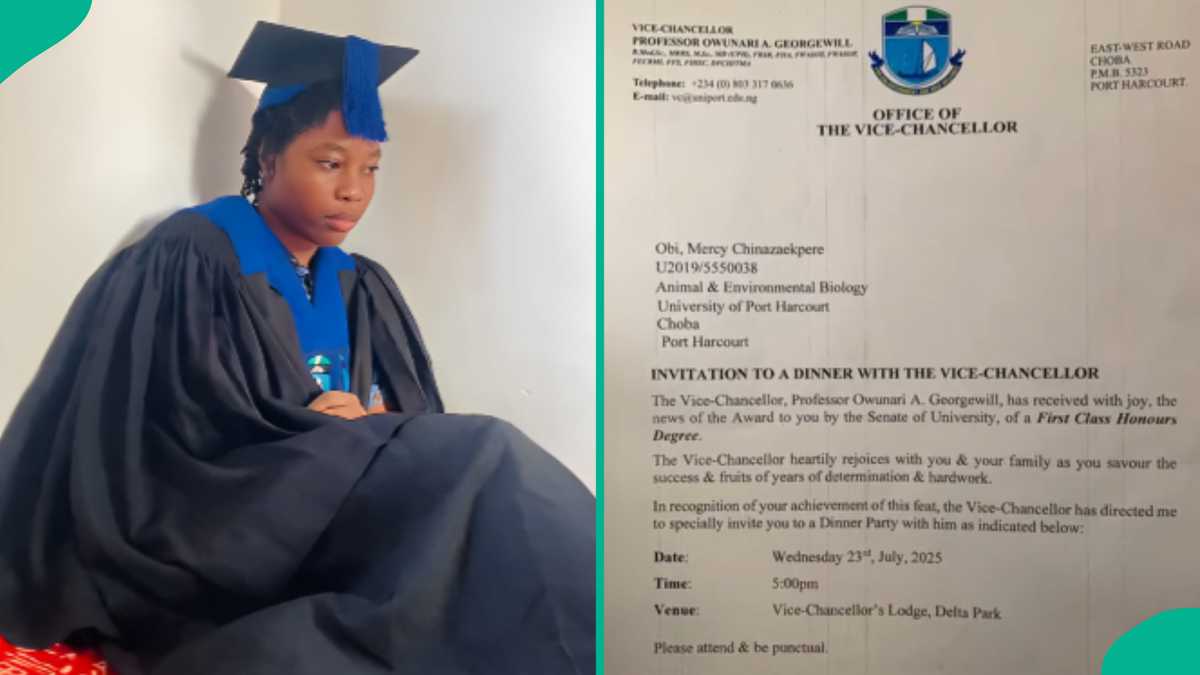-1752844504164.webp)
According to the, when aberrant breast cells proliferate uncontrollably and develop into tumours, it is known as breast cancer. If left untreated, the tumours could spread throughout the body and become fatal. In 2022, 670,000 people worldwide lost their lives to breast cancer, and 23 lakh people were diagnosed with the disease. Breast cancer can strike women at any age after puberty, though, according to research, its incidence rises with age. However, according to a recent study by John Hopkins University claims to have discovered that the cells and tissues surrounding a breast cancer tumor may hold critical information about how patients will respond to treatment.
-1752844681569.jpg)
According to the research published in the journal , the tissues and cells surrounding a breast cancer tumour may contain important information about how patients will react to treatment. The study marks a major advancement in the creation of artificial intelligence tools that may aid oncologists in making more precise prognosis and selecting the best course of action for each individual case. One of the lead authors of the study, who specialises in machine learning at Johns Hopkins University said, “when we can identify recurring elements in the microenvironments—cancerous cells, specific types of noncancerous cells, and their patterns of spatial organization—they're like little flags saying, 'Turn your attention over here, we may be important.” Sulam added that the goal of their research was to find trends and biomarkers that may provide insight into the course of the illness.
With the help of AI, the researchers developed an interpretable machine learning model to better understand tumour environments by analysing biopsy samples and microscopic tissue images from 579 breast cancer patients receiving common treatments like chemotherapy. By recording each cell's location in relation to the tumours and its interactions with other nearby cells, the model searched for patterns in the tissue both inside and outside the tumours. 66 different cell patterns were identified by the algorithm in the tumour microenvironments, and patients with similar patterns were grouped into seven groups, some of which had better prognoses than others.
"Usually, you would need to plan a study to determine whether a particular cell pattern is significant and determine whether the answer is yes or no. First author Zhenzhen Wang, a Ph.D. candidate in biomedical engineering at Johns Hopkins University, stated, "But with our model, we can save time by asking open-ended questions about which patterns are important when trying to understand how patients will respond to treatment or have a better [chance of] survival," he added.
-1752844696346.jpg)
Once the patterns of these tumour cells have been found, oncologists can investigate the mechanisms that may be causing them. This information may then help them determine how to intervene with a more focused treatment. The research team intends to apply this methodology in the future to identify drivers of other cancer types and to other imaging technologies.












